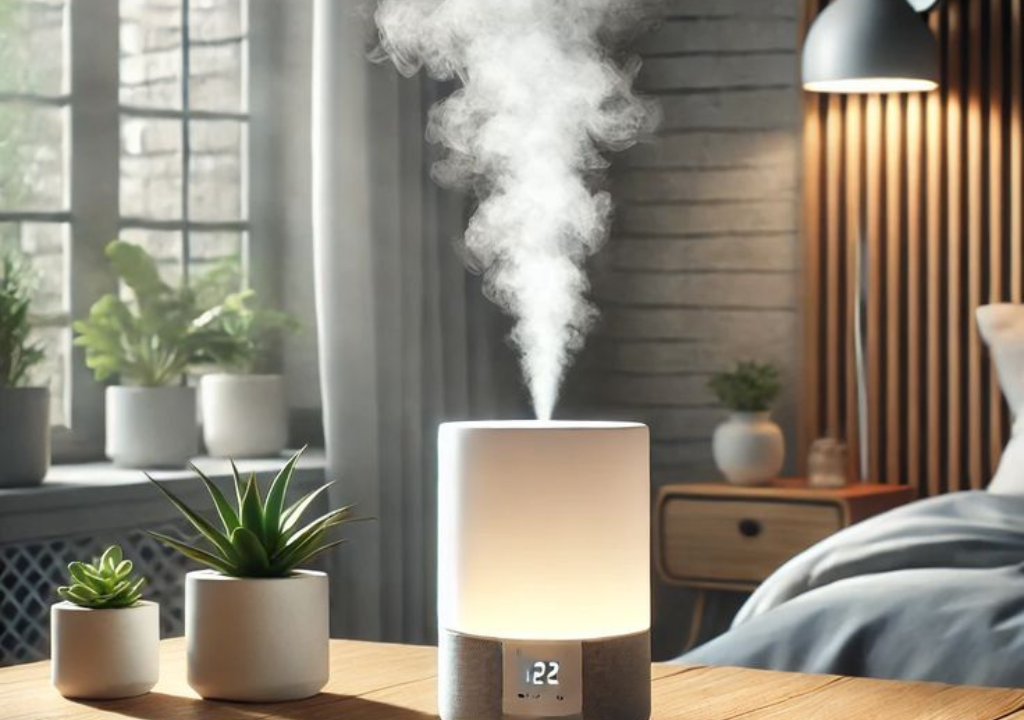This is a tricky issue to tackle, but pushing forward without proper fragrance testing won’t resolve it. Incorporating real fragrance samples and diffuser settings into your design is helpful, but there’s no guarantee that every potential problem will be identified and addressed. Want to be certain? A prototype or test setup using actual fragrance blends and diffusion methods is the way to go—but that should only come after refining your initial design.
If testing scents becomes overwhelming or distracting, using placeholder fragrances can help keep the process focused. For specific projects, it’s best for scent designers and space planners to collaborate closely. However, like with content creation, it’s crucial to stay focused on the bigger picture—using placeholder fragrances helps prevent the team from getting sidetracked by small details.
A word of caution: ensure your clients know that placeholder fragrances are temporary. You don’t want them confused about why their space smells different or rushing into a final decision before the scent is fully perfected.
Second, use placeholder scents if you think the real fragrance samples will be too overwhelming or distracting. For specific projects, collaboration between scent designers and interior planners may work best. However, as Karen McGrane pointed out, testing different scents or fragrance types can quickly shift focus from the layout and space design to small, nitpicky details about scent strength or blend. So don’t hesitate to use placeholder fragrances to keep everyone focused on the larger design goals.
One word of caution: ensure your clients understand that placeholder fragrances are temporary. You don’t want them confused about why their space smells different, and you certainly don’t want anyone jumping to conclusions or making final decisions before testing.
Now, consider the reverse: how can you evaluate fragrance without proper space design? No airflow considerations, no diffuser placement, no understanding of room size, and no thought given to how fragrances interact with furniture or materials—these elements convey important sensory cues that go beyond just the fragrance itself. The ambiance, how the scent moves through the space, its weight, and longevity—all these subtleties play a role in creating a harmonious environment.
Advocates of fragrance-focused design may be reluctant to use placeholder scents, but designers might want to ask them to align fragrance selections with the overall design direction. Alternatively, set checkpoints in the design process, ensuring that content (or scent) and layout are constantly evaluated and refined together. Depending on the project’s needs, it may be necessary to focus on one element at a time.

